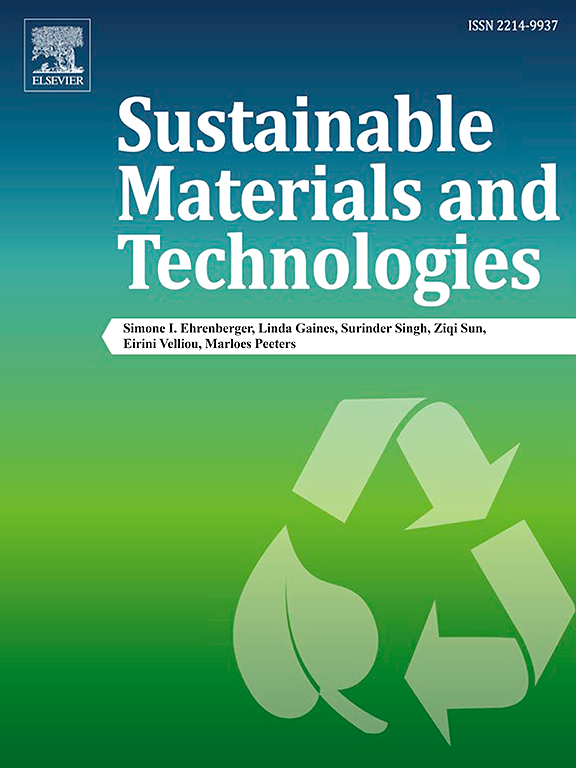MXene-based composites are relatively easy to prepare, inexpensive, and well-suited to the integration of guest materials, which are some of the interesting features that have made them some of the most technically requirable functional materials. In this paper, we presented examples of the synthesis of MXene composites along with examples of their excellent properties as photocatalysts. We also reviewed recent examples as well as the decomposition/removal mechanisms for an antibiotic derived from pharmaceuticals with the ultimate aim of demonstrating the roles they play during such procedures. This review systematically summarizes the performance of removing pollutants that cause constraints using MXene-based materials along with their mechanisms for oxidant activation. An important target is the target milestone of next-generation adsorbents and catalysts based on MXene-combining materials while taking certain considerations into account. One of the several factors for these is that the increase in the number of chemically active reaction sites is high because the specific surface area is increased. The high catalytic activities are directly related to the high amount of hydrogen produced due to superior optical properties. The present work aims to contribute to the design of a future promising catalyst by comprehensively summarizing and discussing the current state of antibiotics decomposition reactions based on the use of various kinds of MXene combined photocatalysts for the active characteristics of electrons. Finally, we propose existing problems and future research directions for pharmaceutical antibiotic-induced contaminants caused by MXene and MXene-based composites.


